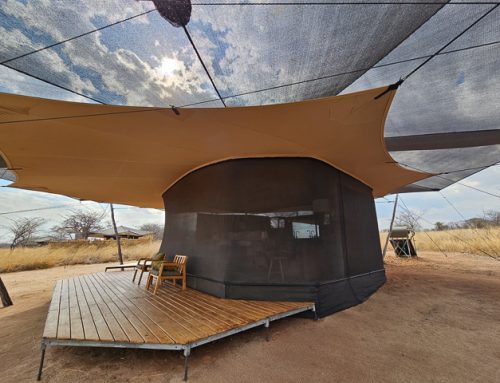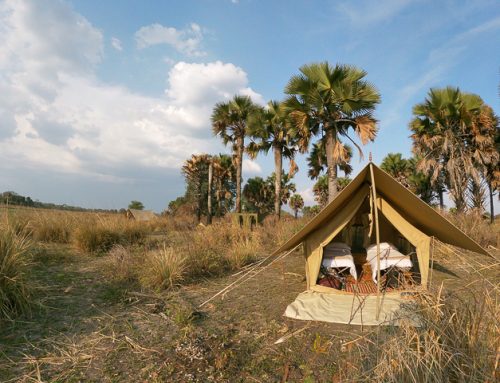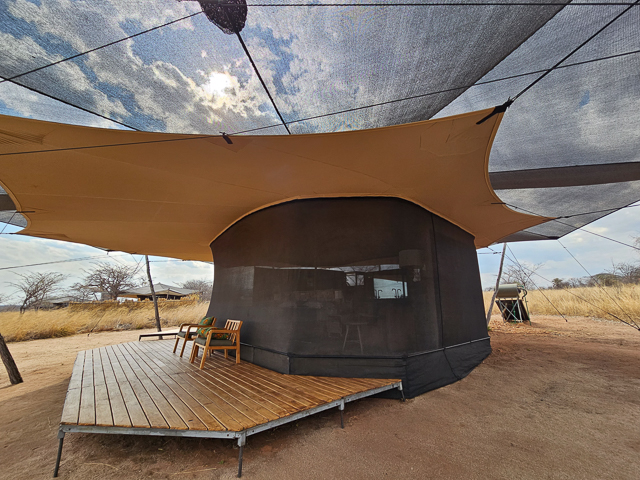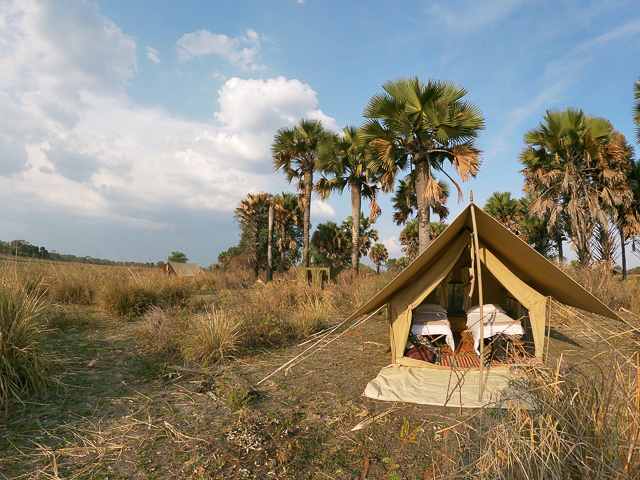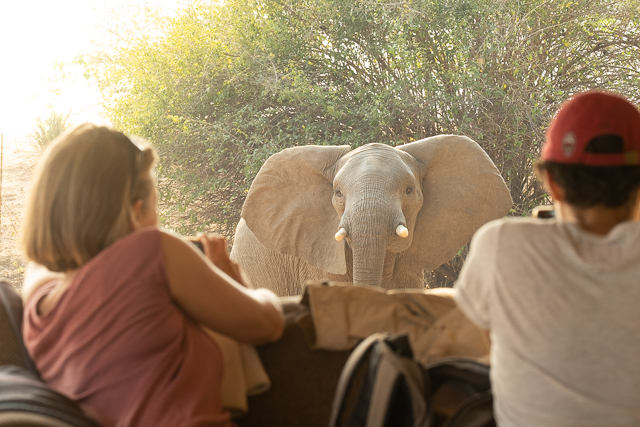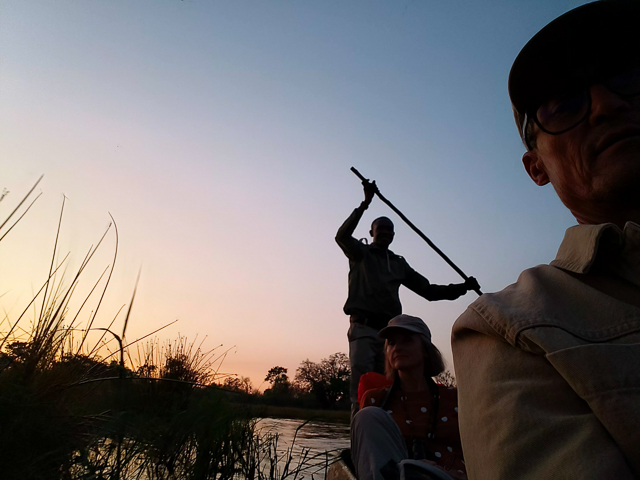We have been climbing the Western Breach of Mount Kilimanjaro since 5am.

As we climb, sucking in air, we are all intensely aware that this place, like the depths of the ocean or the moon, can never be our home. We can pass only briefly through here – avidly soaking up the scenery and experiences, before we return to an environment that we are adpated to, lower down, where we breathe normally.
In the late morning we climb the last steps of the Western Breach, rejoicing as we reach Kilimanjaro’s Kibo Crater. We enter a truly surreal land, distinct from the mountainous, steep and cold slopes of the Breach.
This world seems relatively flat and desertlike – covered in red, rusty and black sands and gravels, interspersed by bizarre islands of white and blue glaciers, which seem totally out of place. I imagine the Gobi Desert in Mongolia to be like this, perhaps without the floating icebergs! If you stay still here (sucking in air as if you are scuba diving), everything changes around you. One minute there is no wind, it is still, you hear not a sound, and the sun bakes you with a Saharan intensity. You want to peel off your protective layers, and you sweat. Seconds later a fairy-like cloud passes, bringing shade and a breeze with it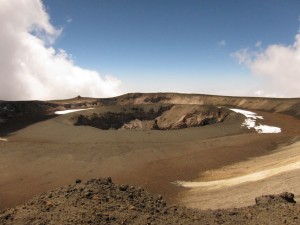
Despite being tired after our climb, we are intrigued and decide to explore this surreal world a bit. We rythmically plod up the gravel-covered inner Reusch Crater (Kibo is a volcano with a crater within a crater). As we approach the rim, the stench of volcanic sulphur comes and goes with the breeze. There we gaze down to the Ash pit, and realise we are indeed on a giant dormant volcano.
We then descend to camp situated near Furtwangler glacier (now divided into 3 separate chunks of ice) below Kilimanjaro’s summit. Camp is at 5,640m (18,500 feet) asl, so it is 280m (920 ft) above the Nepalese Everest base camp, or 100m above the Tibetan Everest base camp. Here there is ½ as much oxygen as at sea level.
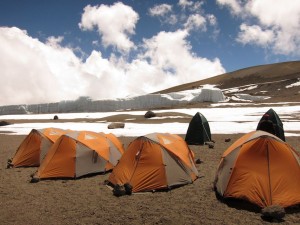
We decide to rest this afternoon as another dark cloud and accompanying wind approaches, and plan to make our summit bid tomorrow at dawn.
If you want to know if we all made it or would like to see more images, visit our Wilderness Africa or A Step Ahead Facebook pages!
Justin


